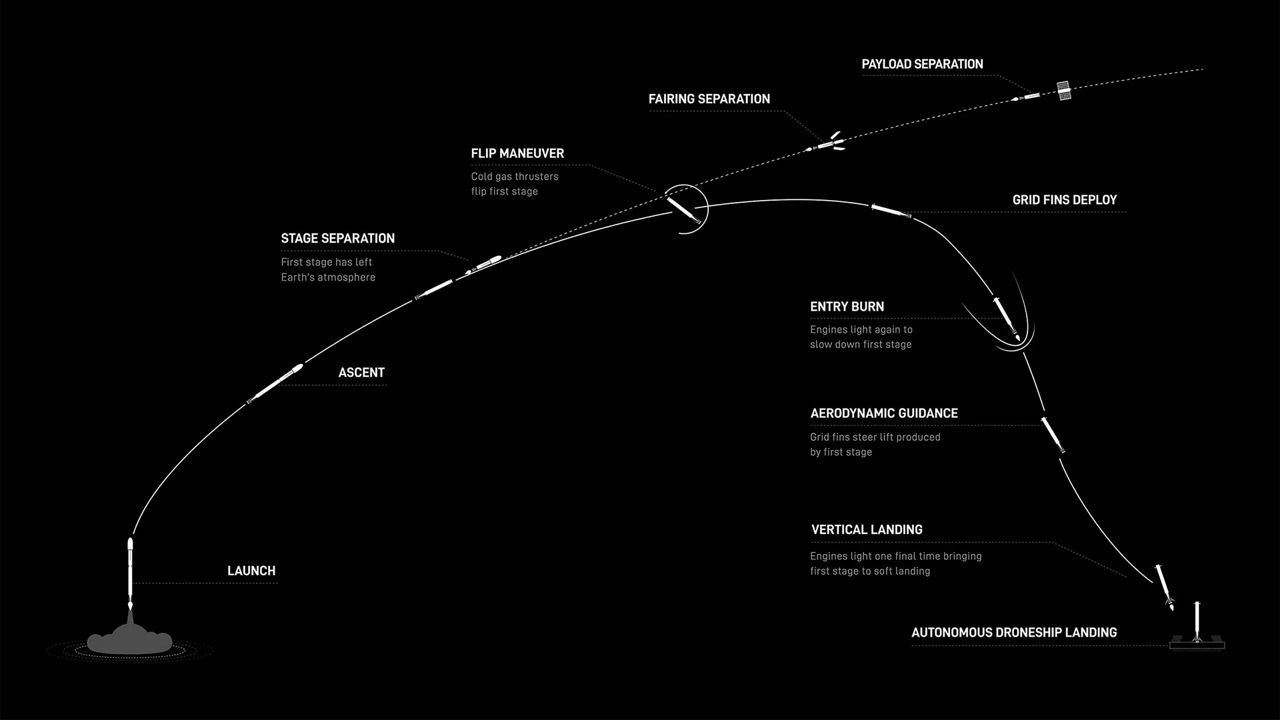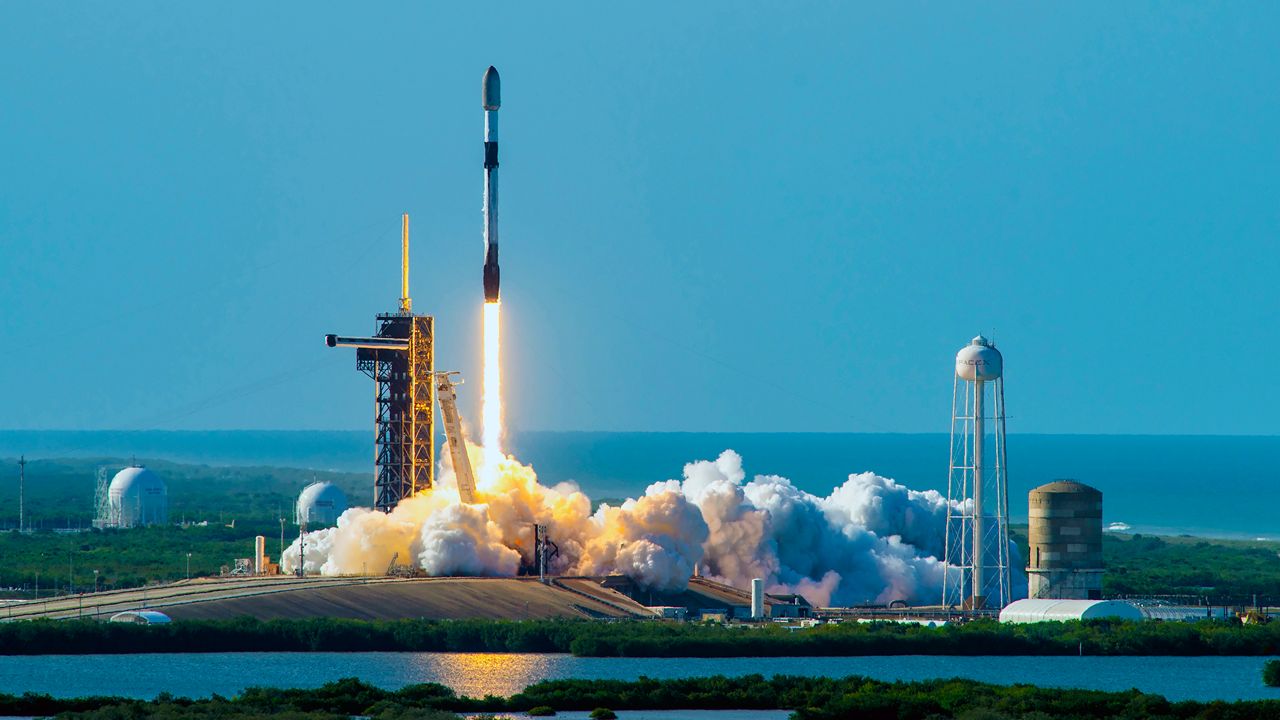KENNEDY SPACE CENTER — The weather cooperated with Wednesday evening’s SpaceX launch of its Starlink mission.
What You Need To Know
- The nearly four-hour launch window opened at 5:26 p.m. ET
- The launch took place at Kennedy Space Center’s Launch Complex 39A
Merlin engine ignition and liftoff of Falcon 9! pic.twitter.com/GVID9qsdUk
— SpaceX (@SpaceX) April 17, 2024
The nearly four-hour launch window opened at 5:26 p.m. ET and happened as scheduled. The company’s Falcon 9 rocket took off with the Starlink 6-51 mission from Kennedy Space Center’s Launch Complex 39A, stated SpaceX.
The 45th Weather Squadron gave a 90% chance of good liftoff conditions, with the only concerns being the thick cloud layers rule.
An even dozen
This was the 12th flight for the Falcon 9’s first-stage booster B1077. It was used on 11 previous launches, all successful:
- Crew-5
- GPS III Space Vehicle 06
- Inmarsat I-6 F2
- CRS-28
- Intelsat G-37
- NG-20
- Starlink mission 5-10
- Starlink mission 6-13
- Starlink mission 6-25
- Starlink mission 6-33
- Starlink mission 6-43
After the stage separation, the first-stage rocket landed on the droneship Just Read the Instructions that was in the Atlantic Ocean.

About the mission
The 23 satellites from the Starlink company, which is owned by SpaceX, will be heading to low-Earth orbit. Harvard-Smithsonian Center for Astrophysics’ Dr. Jonathan McDowell has been documenting the Starlink satellites, which provide internet service.
Before this launch, McDowell recorded the following:
- 5,809 are in orbit
- 5,201 are in operational orbit
In a previous article, McDowell explained that satellites listed as “operational” mean they are working and in the right orbit. Meanwhile, there are many that are working but not in the correct orbit.



